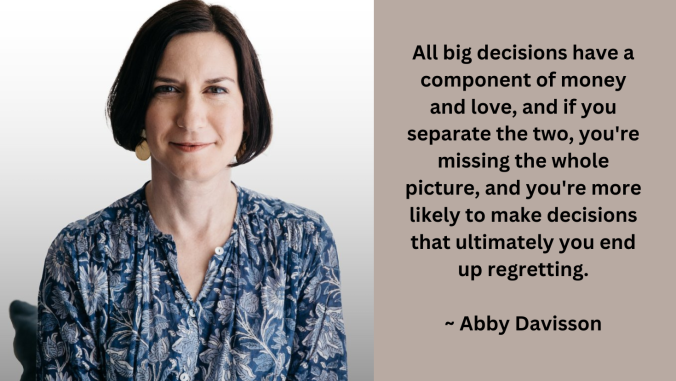How CSR execs redefine the future of the workforce
Putting the well-being of your workforce at the core of CSR strategy is key to winning talent — and the right to conduct business.

The workplace is dramatically changing.
A growing cadre of activist employees means CSR and sustainability professionals must start thinking of employee engagement as "fulfillment" rather than a tactical roadmap of actions. That means going well beyond laying out an inclusive engagement strategy to making employee health and well-being a core requisite and indicator of success. But what might that look like?
Talent projections
I recently connected with Sally Uren, the vivacious co-founder of the international non-profit Forum for the Future, to discuss a report her team recently put out on the Future of Health and Wellbeing in the Workplace (PDF). They used scenario planning to try to better understand how exactly our workforce might be changing — and project where we might be headed in 20 years from now. This included looking at impactful factors such as technology developments (3D printing) and social changes such as shifts in demographics.
Sally’s team landed at four possible scenarios after its in-depth research. To bring these four possible scenarios to life, it also created personas, or characters, to demonstrate what each could look like. The four scenarios: business monopoly; service transformation; in the national interest; and redefining progress. It found one key trait across all the factors it studied: that stress and anxiety will play out ever more and likely affect the future workplace in a significant way.
These key takeaways are worth reflection:
- Employers and governments must start actively planning for a future of automation and what that could mean for human employment.
- We need to start using technology and big data for increasing well-being.
- We must begin the process of building supportive peer networks and community interaction in earnest.
- Finally, we need to create healthy workplaces and employment structures including rethinking the role of building and virtual structures.
There is no question that we are entering a period of uncertainty. As generations change hands across the global workforce, they bring a nuanced point of view about themselves and their expectations from employers. Employers decode increasingly interrelated issues such as income inequality, climate change and mental health-related concerns. Corporations who traditionally have played reactive ball with employee welfare are having to connect the dots between the sciences of psychology and sociology and the art of purpose.
What is a 'good life'?
A report launched by Sustainable Brands and Harris Poll, "Enabling the Good Life," at their annual conference this year also suggested a similar shift between workforce aspirations and business responses. Today’s vision of "the good life" is different from the past, suggested the report, with 71 percent saying living the good life is different for them than it was for their parents — perhaps indicating a greater focus on simplicity, health and people over physical things and looking beyond oneself. What long has been considered traditional elements of "the good life," such as wealth and what it unlocks, may be shifting.
Enabling a good life
As a recruiter, I recognize that regardless of which scenario we end up in, we already might be losing time in starting to shift our thinking and approach to employee recruitment, retention and engagement. All four scenarios lead to one clear finding: A lack of attention to our escalating need to address and set in motion the conditions that can allow all 7 billion of us to lead healthy and fulfilling lives in a world of depleting resources and increasing automation.
Mor than three-quarters of the respondents of the survey believe that "the good life" is defined by having meaningful engagement with families and their communities, including those in need and the environment. This indicates a moment of resurrection for CSR and sustainability leaders. And one that you can increasingly influence as inherent changemakers.
We need to start using technology and big data for increasing well-being.
When an overwhelming majority of the workforce values good health and living a simple yet balanced life, it’s time we take stock of business’ role as enablers and catalysts. As people pivot to pursuing a more fuller life that can help them seamlessly connect personal and professional aspirations, intangibles such as purpose, balance, engagement and respect will become key determinants in retaining talent.
That puts you, the CSR and sustainability leader, squarely in focus.
For a generation seeking to put health and happiness above job security and a race to the corner office, your strategy to future proof your organization must refocus on people. The people who will lead your organization for the next few decades are looking for organizations who can partner with them to lead a life of purpose, not just provide a paycheck. They seek their own personal raison d’etre, not material success.
By putting the health and well-being of your workforce at the core of your CSR strategy, you just might be able to win in the future war for talent — and the right to conduct business.





